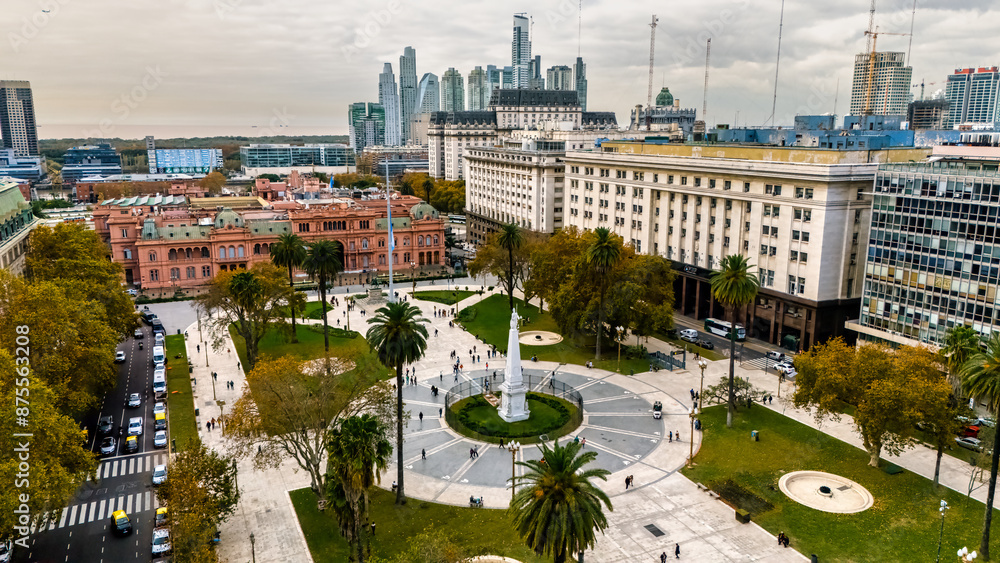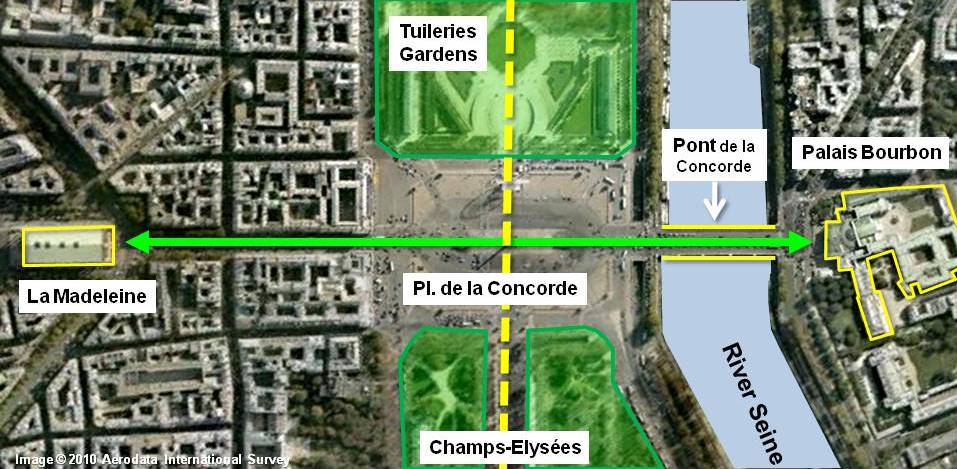|
جواب |
رسائل 1 من 202 في الفقرة |
|
1. Juan 1:42 Y le trajo a Jesús. Y mirándole Jesús, dijo: Tú eres Simón, hijo de Jonás; tú serás llamado CEFAS (que quiere decir, Piedra).
2. 1 Corintios 1:12 Quiero decir, que cada uno de vosotros dice: Yo soy de Pablo; y yo de Apolos; y yo de CEFAS; y yo de Cristo.
3. 1 Corintios 3:22 sea Pablo, sea Apolos, sea CEFAS, sea el mundo, sea la vida, sea la muerte, sea lo presente, sea lo por venir, todo es vuestro,
De izquierda a derecha: Galileo Galilei, Marie Curie, J. Robert Oppenheimer, Isaac Newton, Louis Pasteur, Stephen Hawking, Albert Einstein, Carl Sagan, Thomas Edison, Aristoteles, Neil deGrasse Tyson, Richard Dawkins y Charles Darwin.
|
|
|
 أول أول
 سابق
188 إلى 202 من 202
لاحق سابق
188 إلى 202 من 202
لاحق
 آخر
آخر

|
|
جواب |
رسائل 188 من 202 في الفقرة |
|
|
|
|
جواب |
رسائل 189 من 202 في الفقرة |
|
The string theory time travel paradox^2
Tanuj Handa
Tanuj Handa
IITR | IIT-BHU | USCT | Developing research and creativity quotient | Curious about life |
Fecha de publicación: 28 oct 2019
Time is like a river, it swifts and shores in one direction
This is a notion with which everyone must be familiar with, the obsession to know more about the universe and how things are happening the way they happen goes way back in 20,000 BC when cosmologist made attempts to describe the force which makes it all stable. Time is one leg of the chair of the universe in which we all stand, thus it is quite dangerous to tamper the force and experiment with it.
Consider this analogy of time and river, both have a unidirectional flow and we are just the boat sailing along whether be time or the river. Travelling backwards against the flow requires a lot of energy like what quoted by the theory of relativity E=mc^2 is the amount of energy we have to achieve, to begin with, time travel.
Now, as you might have a little idea about string theory, which discusses the how the river of time is divided into different streams and the stream which we get depends upon the actions we take in present.
From the concept of time travel, we can conclude that if we get enough energy we can flow back in time, but if we don't give it in the right direction, we might face consequences. Some of the hypothesis of the event that may follow are :
1. We can end up being an alternate form of reality ( the one we can't relate to from our past)
2. We might alter the space-time and end up having both the different reality come together
3. The concept to enter in an alternate reality may require more energy than to go in our reality of past, hence it might not be achieved
Following it all, it might be difficult to relate but consider like this, you have just started to move the boat against the stream but instead of going to the diversion from where you came in, you chose the alternate stream and thus you are in an alternate past. OR you try to go back to your path from where you came and suddenly the stream takes you to different diversion and you end up in an alternate reality of your time, both of which are equally exciting and terrifying.
My notion to say it as paradox square is because as both time travel and string theory are a big paradox in itself, it's quite difficult to imagine such an event to happen. The only way we can know it all when we get to know how to flow against the flow of time and look it all by ourselves.
https://www.linkedin.com/pulse/string-theory-time-travel-paradox2-tanuj-handa |
|
|
|
جواب |
رسائل 190 من 202 في الفقرة |
|
|
|
|
جواب |
رسائل 191 من 202 في الفقرة |
|
|
|
|
جواب |
رسائل 192 من 202 في الفقرة |
|
|
|
|
جواب |
رسائل 193 من 202 في الفقرة |
|
|
|
|
جواب |
رسائل 194 من 202 في الفقرة |
|
|
FATIMA=SEPTEMBER 11TH (MARS)
|
|
|
|
|
FATIMA=SEPTEMBER 11TH (MARS)/TUESDAY
MAY 1TH 1917 (FATIMA) MARS/TUESDAY
DECEMBER 25TH 1917 (FATIMA) MARS/TUESDAY
JANUARY 1TH 1918 MARS/TUESDAY
|
|
|
|
|
|
|
|
|
Calendar for Year 1917 (Gregorian calendar)
8: |
|
|
Calendar for Year 1917 (Gregorian calendar)
8: |
|
|
 Primer Primer  Anterior 2 a 3 de 3 Siguiente Anterior 2 a 3 de 3 Siguiente  Último Último  |
|
|
|
Calendario 1945
6:
WAR II=HIROSHIMA=1945= MARS/TUESDAY SEPTEMBER 11TH (FATIMA GATE)
|
|
|
|
|
2012 (FATIMA GATE) MARS/TUESDAY SEPTEMBER 11TH
|
|
|
|
|
|
|
جواب |
رسائل 195 من 202 في الفقرة |
|
|
|
|
Radio Data Using Vikings on Mars Further Confirm Einstein Theory
By Credit...The New York Times ArchivesEstimated Delay of Waves
Results of the experiment were reported at a news conference held at the Jet Propulsion Laboratory in Pasadena, Calif. The Viking 1 and 2 spacecraft are being controlled there.
The experiment was conducted last Nov. 25, Thanksgiving Day, at the time of solar conjunction. At that time, Mars moved behind the sun in relation to Earth, causing a total blackout of communications between the Vikings and Earth.
But just before and after the blackout, radio signals were transmitted from antennaes at Goldstone, Calif., and Canberra, Australia, to both of the Viking orbiters and landers and then from the spacecraft back to Earth. The round‐trip travel times of the signals were carefully clocked. The transmissions were repeated frequently to check for accuracy.
The results, Dr. Shapiro said, were “in very good agreement with the theory of general relativity.”
Not that he expected to prove Einstein wrong. Previous tests using spacecraft communications systems tended to confirm the theory, but the Viking test is considered twice as accurate, or more, than the previous ones.
In a telephone interview after the conference, Dr. Shapiro said:
“I would have been very surprised Einstein was wrong. But one just can't take theories for granted. Physics is an experimental approach to nature. Einstein came along to explain deviations in Newton's theory of gravity. And at some level of probing we may find Einstein's theory will break down and no longer be a totally adequate theory of the way nature behaves.”
Possible Seismic Event on Marshttps://www.nytimes.com/1977/01/07/archives/radio-data-using-vikings-on-mars-further-confirm-einstein-theory.html |
|
|
|
|
|
|
جواب |
رسائل 196 من 202 في الفقرة |
|
Earth from Space – Arc de Triomphe, Paris
Status Report
May 13, 2022

Arc de Triomphe, Paris.
ESA
This striking, high-resolution image of the Arc de Triomphe, in Paris, was captured by Planet SkySat – a fleet of satellites that have just joined ESA’s Third Party Mission Programme in April 2022.
The Arc de Triomphe, or in full Arc de Triomphe de l’Étoile, is an iconic symbol of France and one of the world’s best-known commemorative monuments. The triumphal arch was commissioned by Napoleon I in 1806 to celebrate the military achievements of the French armies. Construction of the arch began the following year, on 15 August (Napoleon’s birthday).
The arch stands at the centre of the Place Charles de Gaulle, the meeting point of 12 grand avenues which form a star (or étoile), which is why it is also referred to as the Arch of Triumph of the Star. The arch is 50 m high and 45 m wide.
The names of all French victories and generals are inscribed on the arch’s inner and outer surfaces, while the Tomb of the Unknown Soldier from World War I lies beneath its vault. The tomb’s flame is rekindled every evening as a symbol of the enduring nature of the commemoration and respect shown to those who have fallen in the name of France.
The Arc de Triomphe’s location at the Place Charles de Gaulle places it at the heart of the capital and the western terminus of the Avenue des Champs-Élysées (visible in the bottom-right of the image). Often referred to as the ‘most beautiful avenue in the world’, the Champs-Élysées is known for its theatres, cafés and luxury shops, as the finish of the Tour de France cycling race, as well as for its annual Bastille Day military parade.
This image, captured on 9 April 2022, was provided by Planet SkySat – a fleet of 21 very high-resolution satellites capable of collecting images multiple times during the day. SkySat’s satellite imagery, with 50 cm spatial resolution, is high enough to focus on areas of great interest, identifying objects such as vehicles and shipping containers.
SkySat data, along with PlanetScope (both owned and operated by Planet Labs), serve numerous commercial and governmental applications. These data are now available through ESA’s Third Party Mission programme – enabling researchers, scientists and companies from around the world the ability to access Planet’s high-frequency, high-resolution satellite data for non-commercial use.
Within this programme, Planet joins more than 50 other missions to add near-daily PlanetScope imagery, 50 cm SkySat imagery, and RapidEye archive data to this global network.
Peggy Fischer, Mission Manager for ESA’s Third Party Missions, commented, “We are very pleased to welcome PlanetScope and SkySat to ESA’s Third Party Missions portfolio and to begin the distribution of the Planet data through the ESA Earthnet Programme.
“The high-resolution and high-frequency imagery from these satellite constellations will provide an invaluable resource for the European R&D and applications community, greatly benefiting research and business opportunities across a wide range of sectors.”
To find out more on how to apply to the Earthnet Programme and get started with Planet data, click here.
– Download the full high-resolution image.
|
|
|
|
|
|
The Arc de Triomphe, or in full Arc de Triomphe de l’Étoile, is an iconic symbol of France and one of the world’s best-known commemorative monuments. The triumphal arch was commissioned by Napoleon I in 1806 to celebrate the military achievements of the French armies. Construction of the arch began the following year, on 15 August (Napoleon’s birthday).
|
|
|
|
|
|
|
جواب |
رسائل 197 من 202 في الفقرة |
|
|
|
-
-
Illustration on the base of the obelisk, showing how it was raised into place in 1836
-
Hieroglyphs on the obelisk.
-
Hieroglyphs on the upper obelisk. The Pharaoh on his throne is portrayed at the top
The centrepiece of the Place de la Concorde is an ancient Egyptian obelisk decorated with hieroglyphics exalting the reign of the pharaoh Ramesses II. It is one of two which the Egyptian government gave to the French in the 19th century. The other one stayed in Egypt, too difficult and heavy to move to France with the technology at that time. On 26 September 1981 President François Mitterrand formally returned the title of the second obelisk to Egypt.[16]
The obelisk once marked the entrance to the Luxor Temple. The wali of Egypt, or hereditary governor, Muhammad Ali Pasha, offered the 3,300-year-old Luxor Obelisk as a diplomatic gift to France in 1829. It arrived in Paris on 21 December 1833. Three years later, it was hoisted into place, on top of the pedestal which originally supported the statue of Louis XV, destroyed during the Revolution. The raising of the column was a major feat of engineering, depicted by illustrations on the base of the monument. King Louis Philippe dedicated the obelisk on 25 October 1836.[17]
The obelisk, a yellow granite column, rises 23 metres (75 ft) high, including the base, and weighs over 250 tonnes (280 short tons). Given the technical limitations of the day, transporting it was no easy feat – on the pedestal are drawn diagrams explaining the machinery that was used for the transportation. The government of France added a gold-leafed pyramidal cap to the top of the obelisk in 1998, replacing the missing original, believed stolen in the 6th century BC.[18]
|
|
|
|
|
|
|
جواب |
رسائل 198 من 202 في الفقرة |
|
LAST UPDATED: 27 NOVEMBER 2024
You may know Paris for its cathedral Notre-Dame, the Eiffel Tower, its café culture and its amazing museums and art galleries. The French capital is also famous for its fantastic perspective that runs from the Louvre to La Défense. This is the ‘Voie Triomphale’, aka the Historical Axis of Paris.
This line is one of the most prestigious perspectives in the world. In fact, its design has inspired cities such as Buenos Aires, Washington DC, New Delhi and Canberra. In this article, we’ll learn more about the Historical Axis of Paris. We’ll discover the stunning monuments and I reveal to you some stunning facts.
What is the Historical Axis of Paris?
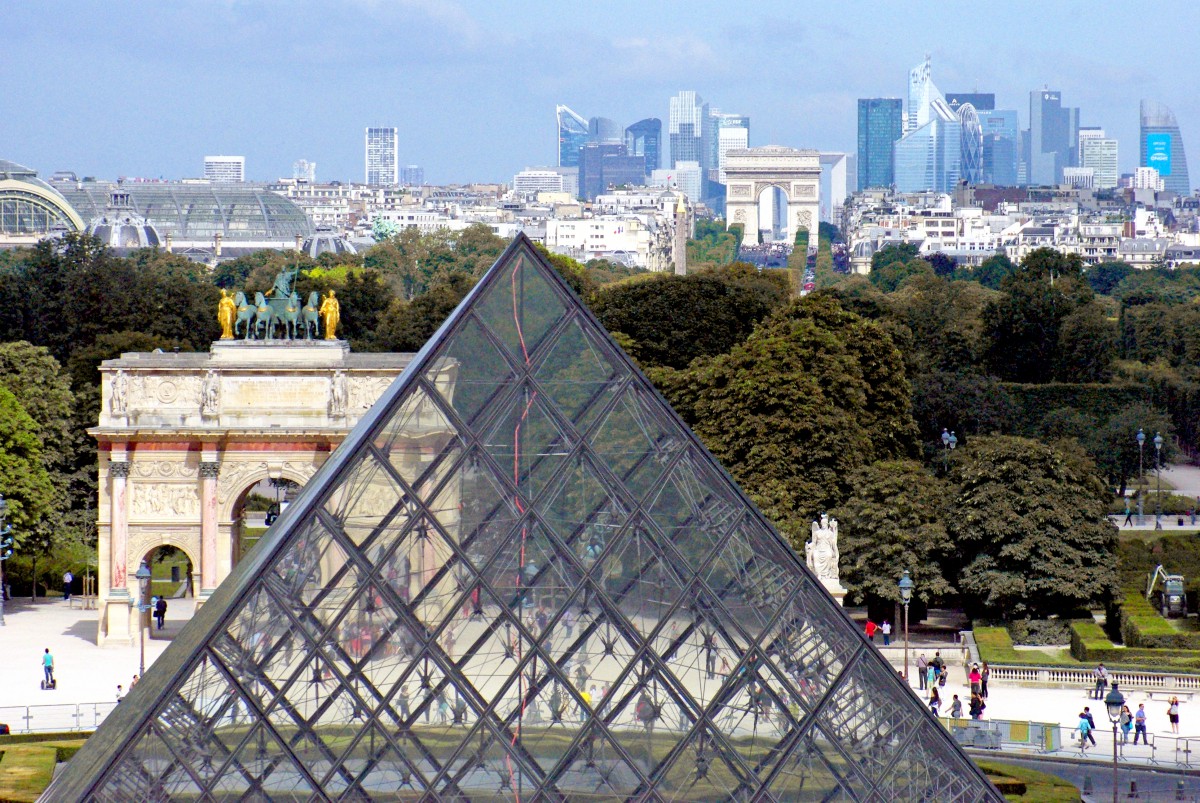 The glass pyramid and the historical axis of Paris © French Moments The glass pyramid and the historical axis of Paris © French Moments
The Historical Axis, also known in French as “Axe Historique”, “Voie Triomphale” or “Voie Royale” is orientated on a 26° angle.
It follows the course of the Sun from its rising in the East to its setting in the West.
Oddly, this angle of orientation is the same as that of Paris’ Notre-Dame Cathedral, some 1,000 metres away from the Louvre Palace.
More than just a series of monuments placed along the axis, it seems that a complex symbolism was at work in the mind of the successive urban planners.
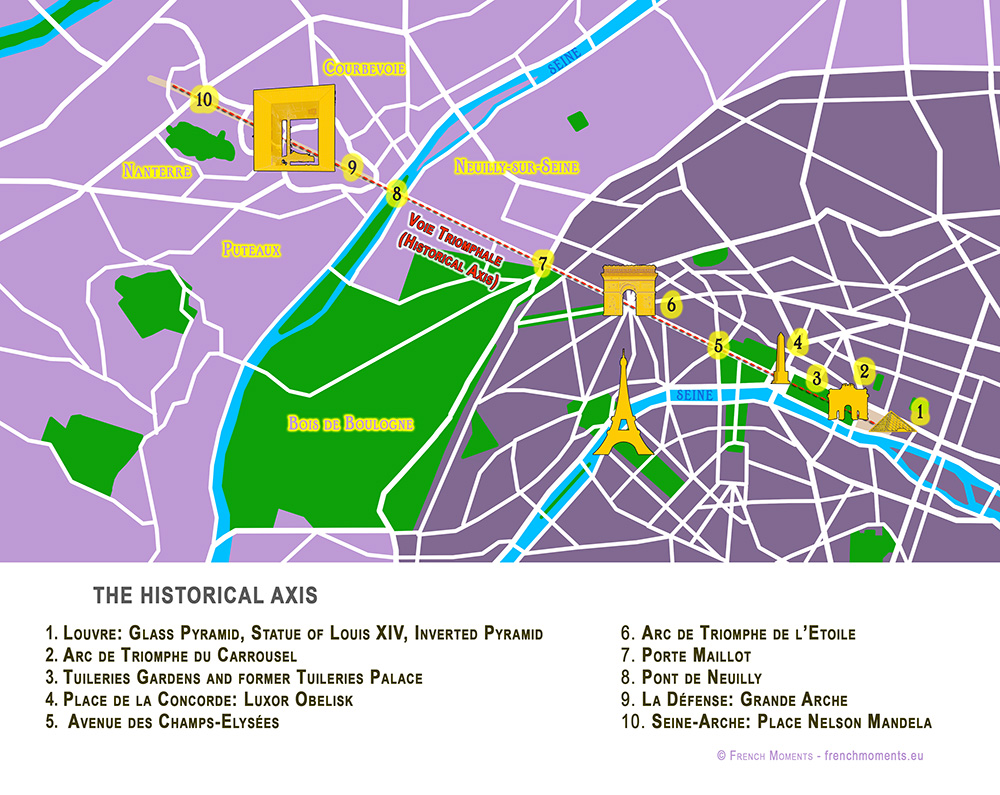
The Historical Axis runs through some of Paris’ most celebrated monuments and squares:
Let’s move along the Historical Axis of Paris, from East to West, starting from the Louvre.
The Palace of the Louvre
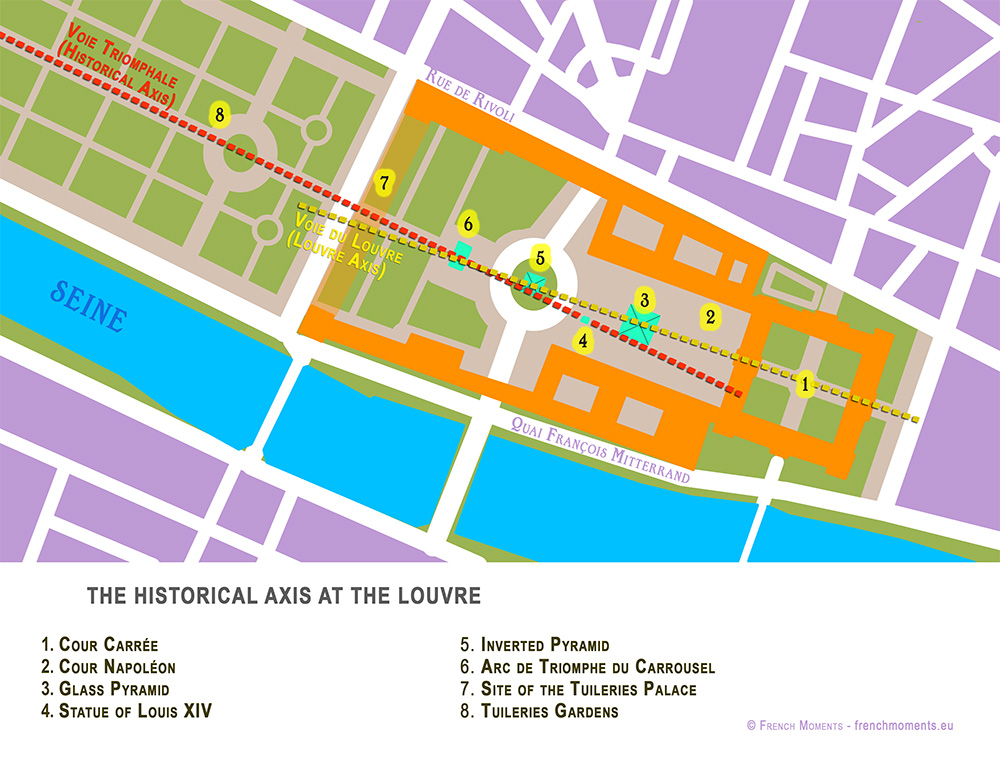
Today the great perspective starts at the Louvre, immediately beyond the Church of St Germain l’Auxerrois.
The crab-shaped Palace was the main residence of the kings of France until 1682, when Louis XIV, the ‘Sun King’, moved his court to Versailles. It currently houses one of the world’s most wonderful museums in a complex that is known as the “Grand Louvre”.
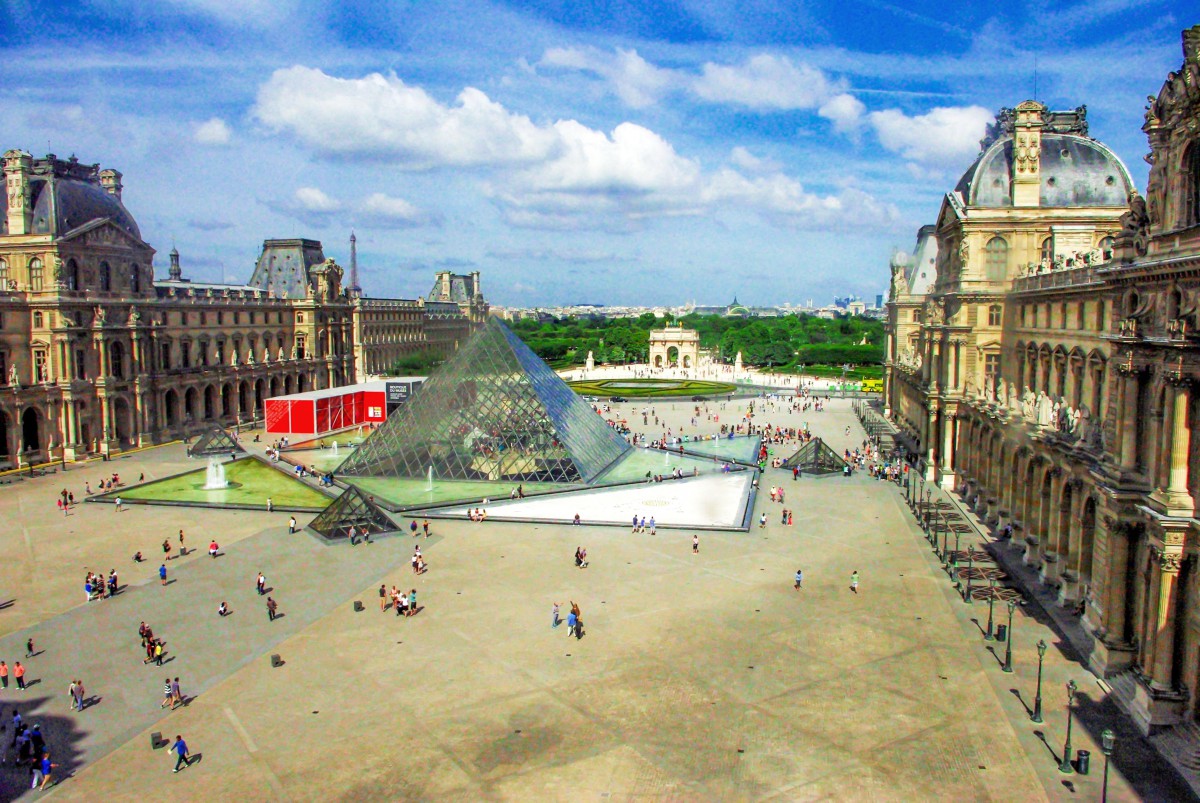 The Louvre today © French Moments The Louvre today © French Moments
The controversial glass pyramid of the Louvre
President François Mitterrand left his mark with his pharaonic project of “Le Grand Louvre”. He wished to complete it for the bicentennial celebration of the French Revolution in 1989. The titanic project comprised of major renovation works and the construction of a new landmark along the Historical Axis: the celebrated (and controversial) Glass Pyramid.
But if you look closer, you’ll notice that the glass pyramid is not aligned with the other monuments on the Historical Axis.
That’s why something had to be added in this vast courtyard of the Louvre…
https://frenchmoments.eu/historical-axis-of-paris-la-voie-triomphale/ |
|
|
|
جواب |
رسائل 199 من 202 في الفقرة |
|
Albert Einstein Memorial
From Wikipedia, the free encyclopedia
The Albert Einstein Memorial is a monumental bronze statue by sculptor Robert Berks, depicting Albert Einstein seated with manuscript papers in hand. It is located in central Washington, D.C., United States, in a grove of trees at the southwest corner of the grounds of the National Academy of Sciences at 2101 Constitution Avenue N.W., near the Vietnam Veterans Memorial. Two replicas exist at the Israel Academy of Sciences and Humanities and the Georgia Institute of Technology.
The memorial, situated in an elm and holly grove in the southwest corner of the grounds of the National Academy of Sciences, was unveiled at the Academy's annual meeting, April 22, 1979, in honor of the centennial of Einstein's birth. At the dedication ceremony, physicist John Archibald Wheeler described the statue as "a monument to the man who united space and time into space-time...a remembrance of the man who taught us...that the universe does not go on from everlasting to everlasting, but begins with a bang."[1] The memorial is a popular spot for tourists visiting the national mall to pose for pictures.[2]
 Replica Replica of the 1979 monument in the academy garden of the Israel Academy of Sciences and Humanities.
The statue depicts Einstein seated in casual repose on a three-step bench of Mount Airy (North Carolina) white granite. The bronze figure weighs approximately 4 tons and is 12 feet in height. The monument is supported by three caissons, totaling 135 tons, sunk in bedrock to a depth of 23 to 25 feet.,[3] It was cast at Modern Art Foundry, Astoria Queens, NY.
The sculptor, Robert Berks, known for his portrait busts and statues (John F. Kennedy at the Kennedy Center; Mary McLeod Bethune in Lincoln Park, Washington, D.C.), based the work on a bust of Einstein he sculpted from life in 1953 at Einstein's Princeton home. Landscape architect James A. Van Sweden designed the monument landscaping.[3]
Einstein was elected a foreign associate of the National Academy of Sciences in 1922, the year after he won the Nobel Prize in physics, and became a member of the Academy in 1942, two years after he became a naturalized American citizen.[3]
Berks created two replicas of his 1979 monument. One of the replicas can presently be viewed in the academy garden of the Israel Academy of Sciences and Humanities; another on the campus of the Georgia Institute of Technology in Atlanta, Georgia.[4]
 The Einstein Memorial seen from the side.
The statue and bench are at one side of a circular dais, 28 feet (8.5 m) in diameter, made from emerald-pearl granite from Larvik, Norway. Embedded in the dais are more than 2,700 metal studs representing the location of astronomical objects, including the sun, moon, planets, 4 asteroids, 5 galaxies, 10 quasars, and many stars at noon on April 22, 1979, when the memorial was dedicated. The studs are different sizes to denote the apparent magnitude of the relevant object, and different studs denote binary stars, spectroscopic binaries, pulsars, globular clusters, open clusters, and quasars. The celestial objects were accurately positioned by astronomers at the U.S. Naval Observatory. Familiar constellations are marked on the map for easy identification.[1]
To a visitor standing at the center of the dais, Einstein appears to be making direct eye contact, and any spoken words are notably amplified.
Engraved as though written on the papers held in the statue's left hand are three equations, summarizing three of Einstein's most important scientific advances:
Along the back of the bench, behind the statue, three famous quotations from the scientist are inscribed. They were selected to reflect Einstein's sense of wonder, scientific integrity, and concern for social justice.[1] They are :
- "As long as I have any choice in the matter, I shall live only in a country where civil liberty, tolerance, and equality of all citizens before the law prevail."
- "Joy and amazement at the beauty and grandeur of this world of which man can just form a faint notion ..."
- "The right to search for truth implies also a duty; one must not conceal any part of what one has recognized to be true."
In popular and artistic culture
[edit]
The statue was filmed and subsequently used in the opening title sequence of Sesame Street during the show's 20th season.
A copy of the Albert Einstein Memorial made of 100% dark and white chocolate was once on display in the Marriott Wardman Park Hotel in Washington, DC.[5]
In July 2012, the sculpture was yarn bombed by the Polish-born artist Olek, who enclosed the entire statue in a colorful crocheted wrap of pinks, purples, and teal.[6]
|
|
|
|
جواب |
رسائل 200 من 202 في الفقرة |
|

Post by shipstamps » Tue Nov 18, 2008 4:27 pm
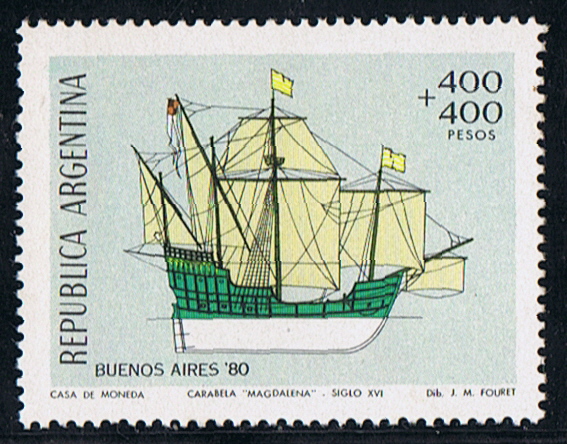 Not much is know about the caravel, where and when built unknown. Tonnage 200 ton, dim. 85 x 25 x 14ft. (draught) Four masts, fore and main mast square rigged, mizzen and Bonaventura mast lateen rigged. She was the flagship of Don Pedro de Mendoza (1487-1537) expedition to the River Plata. Mendoza held a post in the court of Charles V, when he in 1534 made an offer to Emperor Charles V to make an expedition on his own account for the discovery and conquest of Paraguay and the countries on the Rio La Plata. 24 August 1534 Mendoza on board the MAGDALENA and 13 other vessels, with 3000 men set sail from San Lucar, Spain. Receive from the Emperor before sailing 2.000 ducats, with the condition, when he transported to the new founded colonies 1000 colonists and 100 horses, build a road to the Pacific Ocean, erect three forts within two years he would receive 2.000 ducats more. Also he had to take 8 monks, a physician, a surgeon, and an apothecary, but he was forbidden to introduce a lawyer in the colony. He was to have half the treasure of the chiefs killed and nine-tenths of the ransom. Mendoza was made before sailing military governor of all the territory between the Rio de la Plata and the Strait of Magellan. The office of the Governor was also made hereditary. Off the coast of Brazil the fleet was scattered in a heavy storm, and Medoza lieutenant Osario, was assassinated, according to some authorities by the orders of Mendoza himself because of suspected disloyalty. 1535 Mendoza sailed up the Rio de la Plata, and founded Buenos Aires on 02 February 1536. He erected two forts there to defend the place. Pestilence broke out and the natives became unfriendly after ill treatment by the Spaniards. His brother Don Diego led a force against the hostile tribes, but was killed with three-fourths of his men. A general conspiracy of the natives was formed, and Buenos Aires was captured and burned by the natives. Mendoza retired to the forth Sanctus-Spiritus, from where he dispatched Juan de Ayolas to explore the upper part of the river. Another brother, Gonzalo arrived with reinforcements and founded the city of Ascención in Paraguay in 1536. Mendoza, disappointed and with a broken health, embarked on board the MAGDALENA for Spain in 1537, leaving Juan de Ayolas in charge. During the long voyage to Spain he died maniac on board the MAGDALENA on 23 June 1537. The fate of the MAGDALENA is not known. Argentine 1979 400p + 400p sg 1646 Source: mostly copied from http://en.wikipedia.org/wiki/Pedro_de_Mendoza http://famousamericans.net/pedrodemendoza
https://shipstamps.co.uk/forum/viewtopic.php?t=6731
|
|
|
|
جواب |
رسائل 201 من 202 في الفقرة |
|
|
|
|
جواب |
رسائل 202 من 202 في الفقرة |
|
Washington National Cathedral
From Wikipedia, the free encyclopedia
 Exterior view 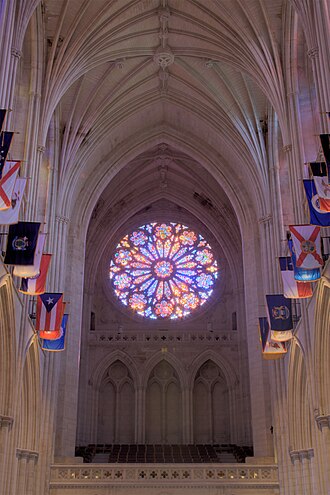 The west rose window was dedicated in 1977 in the presence of both the 39th President, Jimmy Carter, and Queen Elizabeth II (as Supreme Governor of the Church of England).
The Cathedral Church of Saint Peter and Saint Paul in the City and Episcopal Diocese of Washington, commonly known as Washington National Cathedral or National Cathedral, is a cathedral of the Episcopal Church. The cathedral is located in Washington, D.C., the capital of the United States.[1][2] The structure is of Neo-Gothic design closely modeled on English Gothic style of the late fourteenth century. It is the second-largest church building in the United States,[3] and the third-tallest building in Washington, D.C. The cathedral is the seat of both the presiding bishop of the Episcopal Church and the bishop of the Diocese of Washington. Over 270,000 people visit the structure annually.[4]
The Protestant Episcopal Cathedral Foundation, under the first seven bishops of Washington, erected the cathedral under a charter passed by the United States Congress on January 6, 1893.[5] Construction began on September 29, 1907, when the foundation stone was laid in the presence of President Theodore Roosevelt and a crowd of more than 20,000, and ended 83 years later when the "final finial" was placed in the presence of President George H. W. Bush on September 29, 1990. Decorative and restorative work, particularly of damage from a nearby earthquake in 2011, is ongoing as of 2024. The Foundation is the legal entity of which all institutions on the Cathedral Close are a part; its corporate staff provides services for the institutions to help enable their missions, conducts work of the Foundation itself that is not done by the other entities, and serves as staff for the board of trustees.
The cathedral stands at Massachusetts and Wisconsin Avenues in the northwest quadrant of Washington. It is an associate member of the inter-denominational Washington Theological Consortium.[6] It is listed on the National Register of Historic Places. In 2007, it was ranked third on the List of America's Favorite Architecture by the American Institute of Architects.[7]
 Washington National Cathedral Looking SE showing substantial use of flying buttresses.
In 1792, Pierre L'Enfant's "Plan of the Federal City" specified a site for a "great church for national purposes". However he defined it as non-sectarian and nondenominational. Alexander Hamilton modified L'Enfant's plan and eliminated the "church" and several other proposed monuments and that plan was never reproduced. The working plan for the new city was subsequently produced by Andrew Ellicott and it varied in many respects from L'Enfant's. although the essence remained. The National Portrait Gallery now occupies that site.
In 1891, a meeting was held to begin plans for an Episcopal cathedral in Washington. On January 6, 1893, the Protestant Episcopal Cathedral Foundation of the District of Columbia was granted a charter from Congress to establish the cathedral. The 52nd United States Congress declared in the act to incorporate the Protestant Episcopal Cathedral Foundation of the District of Columbia that the "said corporation is hereby empowered to establish and maintain within the District of Columbia a cathedral and institutions of learning for the promotion of religion and education and charity."[8] The commanding site on Mount Saint Alban was chosen.[9] Henry Yates Satterlee, first Episcopal bishop of the Diocese of Washington, chose George Frederick Bodley, Britain's leading Anglican church architect, as the head architect. Henry Vaughan was selected supervising architect.
Construction started on September 29, 1907, with a ceremonial address by President Theodore Roosevelt and the laying of the cornerstone. In 1912, Bethlehem Chapel opened for services in the unfinished cathedral, which have continued daily ever since. When construction of the cathedral resumed after a brief hiatus for World War I, both Bodley and Vaughan had died. Gen. John J. Pershing led fundraising efforts for the church after World War I. American architect Philip Hubert Frohman took over the design of the cathedral and was thenceforth designated the principal architect. Funding for Washington National Cathedral has come entirely from private sources. Maintenance and upkeep continue to rely entirely upon private support.
- Construction of the Washington National Cathedral
-
-
-
-
 Aerial view of the Washington National Cathedral
From its earliest days, the cathedral has been promoted as more than simply an Episcopal cathedral. Planners hoped it would play a role similar to Westminster Abbey. They wanted it to be a national shrine and a venue for great services. For much of the cathedral's history, this was captured in the phrase "a house of prayer for all people." In more recent times the phrases "national house of prayer" and "spiritual home for the nation" have been used. The cathedral has achieved this status simply by offering itself and being accepted by religious and political leaders as playing this role.[10]
Its initial charter was similar to those granted to American University, The Catholic University of America, and other not-for-profit entities founded in the District of Columbia c. 1900. Contrary to popular misconception, the government has not designated it as a national house of prayer.
During World War II, monthly services were held there "on behalf of a united people in a time of emergency."[11] Before and since, the structure has hosted other major events, both religious and secular, that have drawn the attention of the American people, as well as tourists from around the world.
|
|
|
 أول أول
 سابق
188 a 202 de 202
لاحق سابق
188 a 202 de 202
لاحق
 آخر
آخر

|



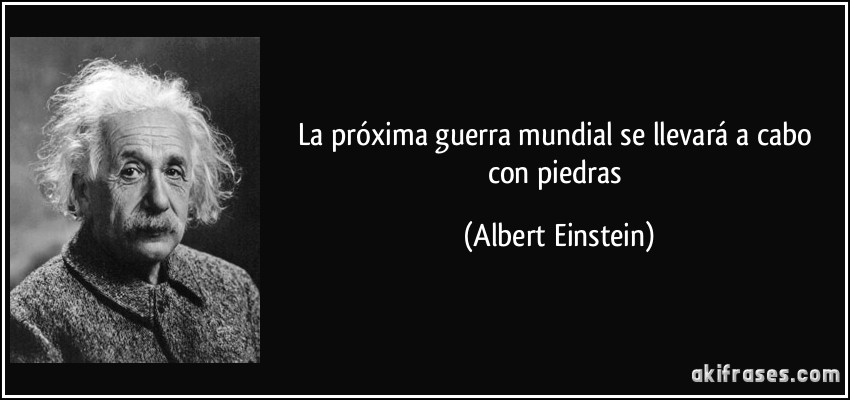
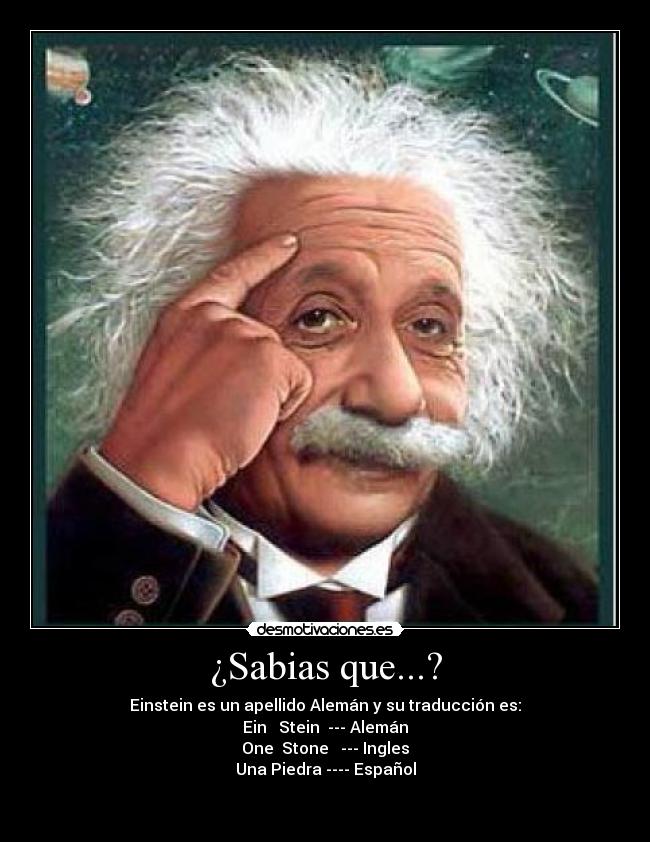

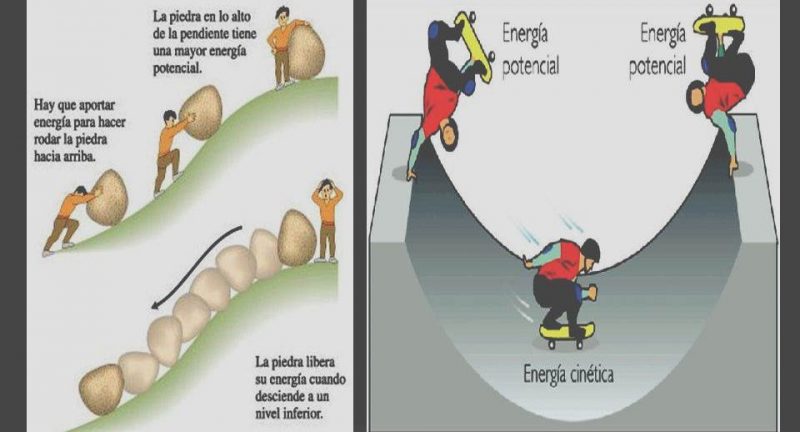



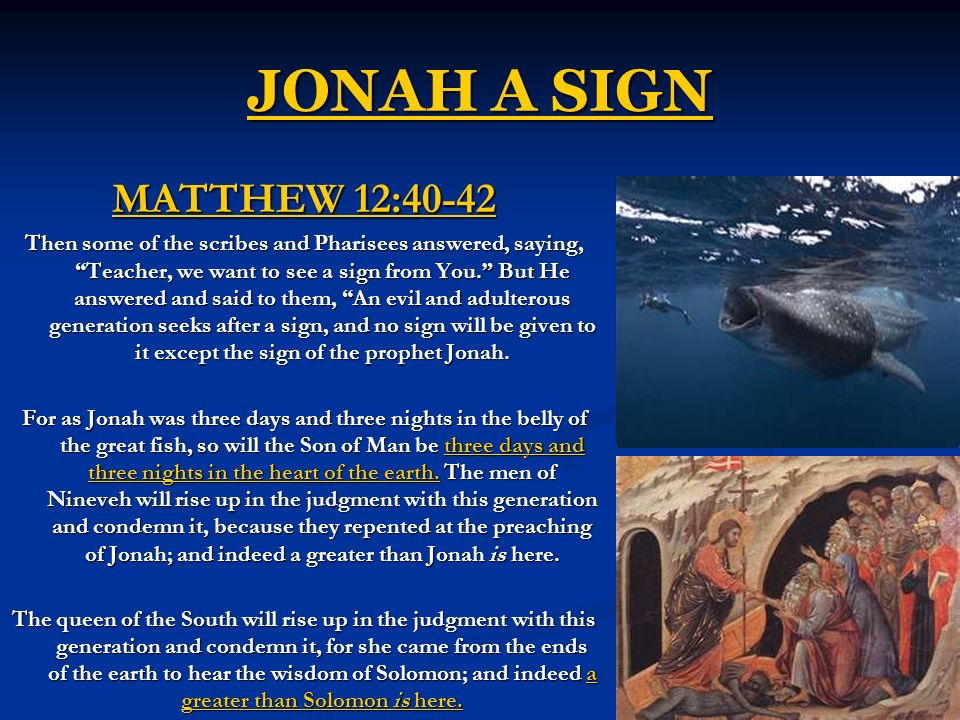










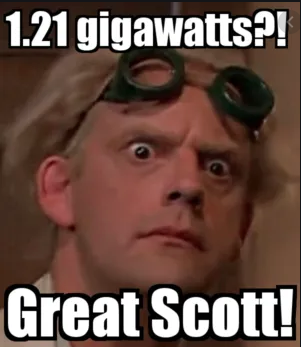





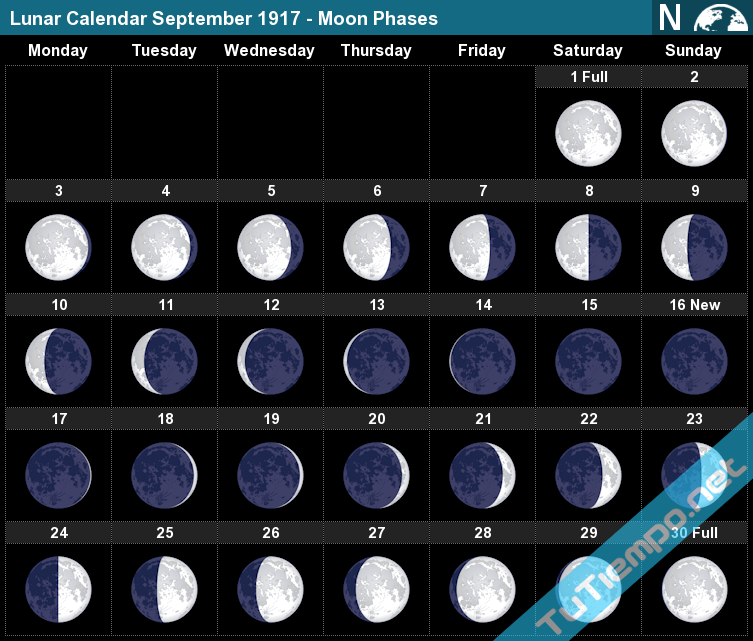
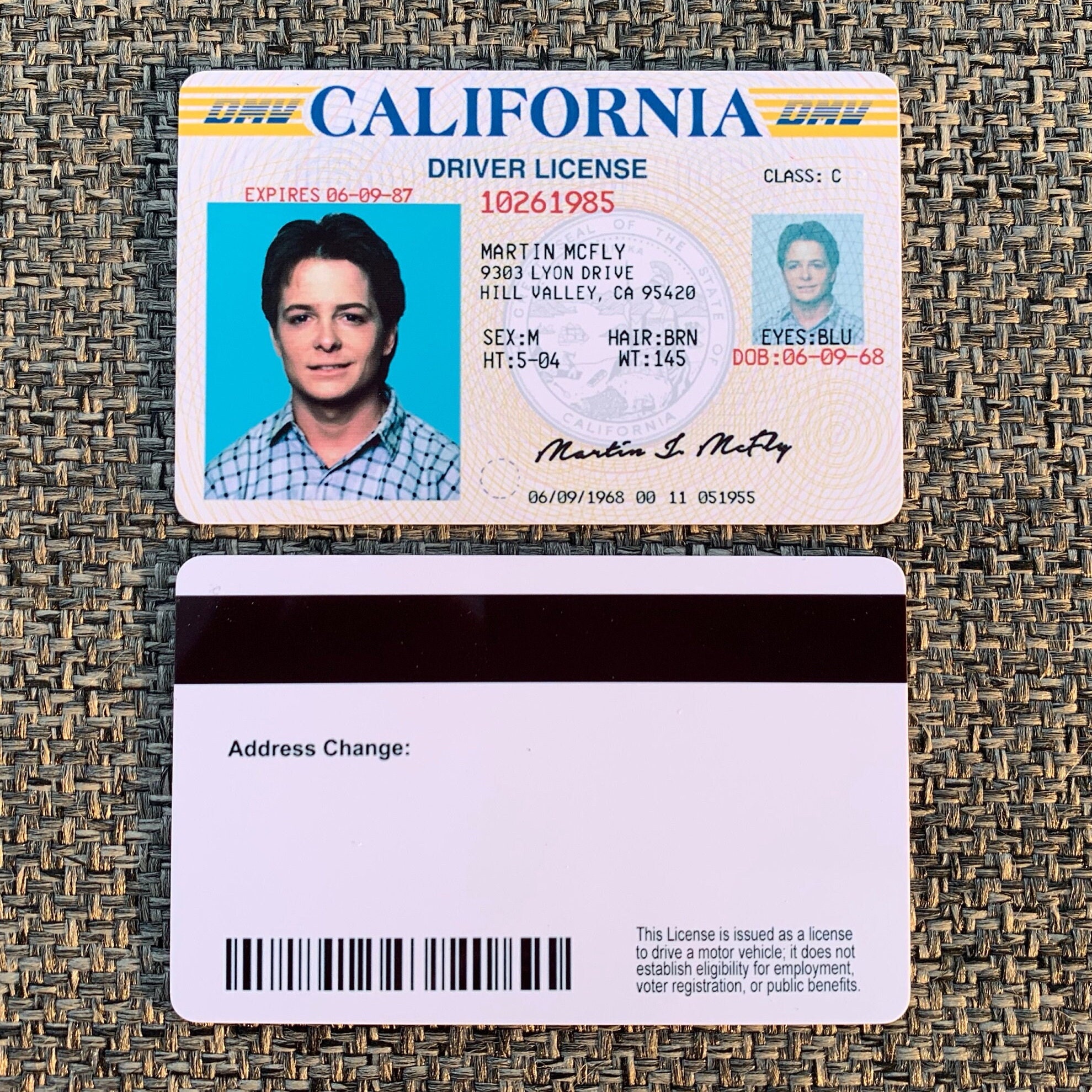







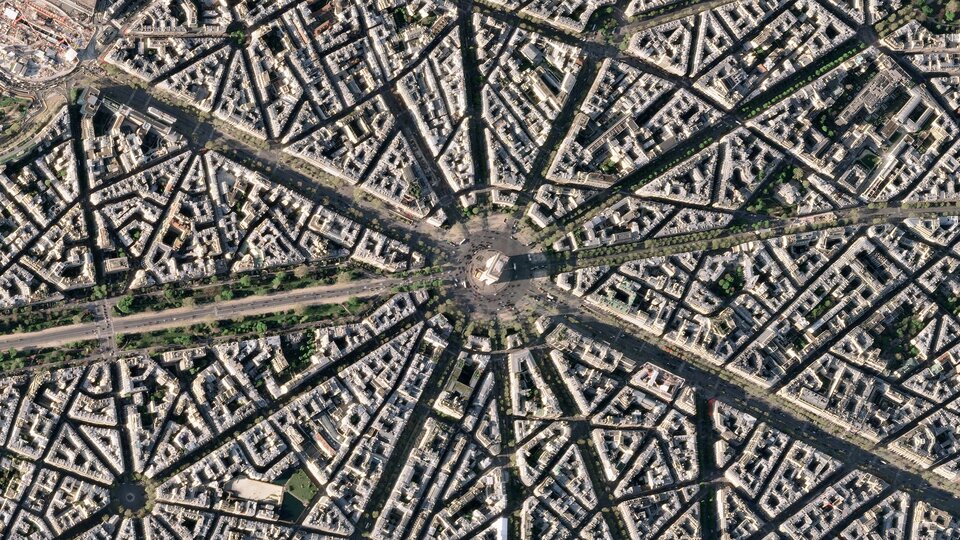

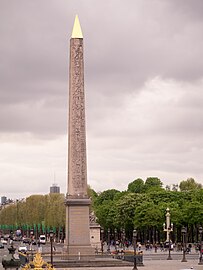


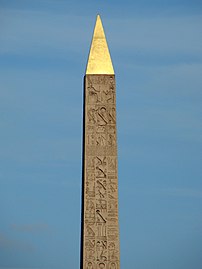
 Flip
Flip











